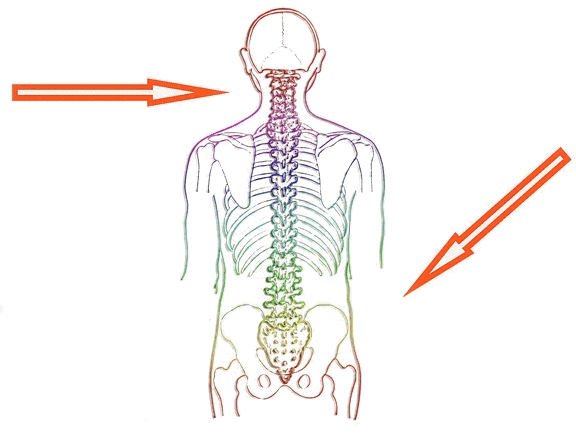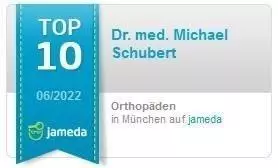Back pain in the lumbar spine - symptoms, causes and treatment options
Back pain is a common problem in large parts of the population. This pain most often affects the lower part of the lumbar spine. There are various causes for this type of pain, which must be treated in different ways.
What exactly is the lumbar spine?
The lower region of the trunk is called the lumbar spine. It consists of five vertebrae, each of which is cushioned by an intervertebral disc. Below the lumbar vertebrae are only the sacrum and the coccyx. The lower part of the spine is responsible for holding and supporting the trunk.
How is back pain in the lumbar spine perceived by those affected?
Many sufferers describe the pain in their lumbar spine as stabbing and movement-dependent. Pain-planned patients are often not able to move quickly from a stooped posture to an upright posture. Some sufferers also describe the pain as feeling like it's breaking through. Since the back pain often only occurs in certain positions, many patients take a protective posture, which can lead to further complaints in the long run.
Based on the specific pain situation, doctors can draw conclusions about the possible clinical picture.
What causes back pain in the lumbar spine?
In addition to poor posture and lifting heavy loads incorrectly, degenerative changes in the spine can also be responsible for back pain. These changes can occur due to wear and tear or old age. A herniated disc in the lumbar spine can also be responsible for severe pain in this area. In the case of a herniated disc, part of the disc presses on nerve fibers in the spine, which leads to pain that can also radiate. Other causes of back pain in the lumbar spine can be irritation of the sacroiliac joint or spinal canal stenosis.
Kyphosis of the lumbar spine can also lead to painful symptoms.
What are the treatment options for back pain in the lumbar spine?
The type of treatment depends on which disease of the lumbar spine is present. General therapeutic approaches such as pain therapy with medication are just as much a part of possible treatment measures as movement therapy, physiotherapy or massage applications. If there is a herniated disc, the doctor treating you must weigh up whether an operation is indicated or not.
A so-called stepped bed and targeted strengthening of the back muscles can also provide relief for various diseases in the lumbar region.

